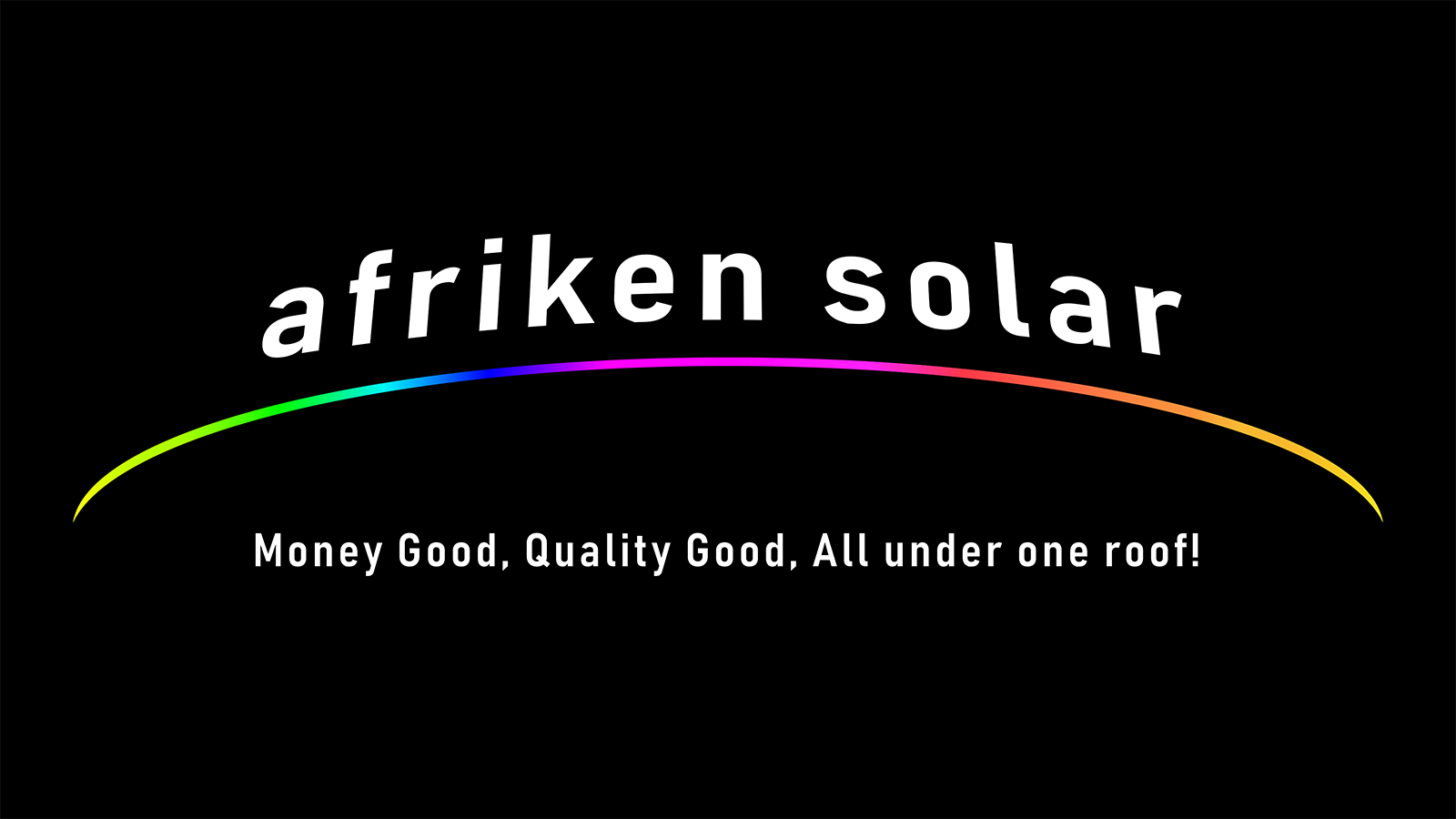Solar Pump
Solarisation of pumps
Solarisation of a pump is converting an electric pump into using solar. This is done by powering the pump using energy generated from the sun using PV modules and converted from DC to AC by an inverter and makes it possible to be used by the pump. This is mostly recommended for borehole pumps, irrigation pumps, etc.
Inverter
Inverters take care of four basic tasks of power conditioning
- Converting DC power coming from the solar panel or battery bank to AC.
- Ensuring that the frequency of the AC cycles is 60 cycles per second.
- Reducing the voltage fluctuations.
- Ensuring that the shape of the AC wave is appropriate for the application ie pure sine wave for grid-connected systems.
Most grid-connected inverters can be installed outdoors, while most off-grid inverters are not weather proof. There are essentially 2 types of grid-interactive inverters: those designed for use with batteries and those designed for a system without batteries.
PV disconnect Isolator
This is an electrical safety device that manually disconnects the solar panels for maintenance, installation or repair purposes.
Solar DC main circuit breaker
Its purpose is to trip the DC circuit breaker when electricity current above the rated value is present.
Solar DC surge arrester
It helps prevent damage to electronics by diverting extra electricity from natural sources eg lightning , from the hot power line into a grounding wire.
Solar panels
They produce DC electricity from sunlight which is used to power equipment.
Structure
The structure is used to hold PV panels in place so as to get maximum sunlight.
Reduce electricity bill — Since you will be using electricity your solar system has generated, your energy bill will drop, how much you save will depend on the size of the solar system .
Highly reliable — The estimated lifetime of a solar panel is 30 years. Furthermore, the module performance is very high providing over 80% of the initial power after 25 years making it reliable in the long term.
Free energy — The sun is the only resource needed to power solar panels.
Little maintenance required — Solar systems requires minimum maintenance. You just need to keep the system generally clean. As there are no moving parts, wear and tear is minimal. The inverter is the only part that requires change after 10 to 15 years because its continuously working to convert solar to electricity. After covering the initial cost of the solar system, you can expect very little spending on maintenance and repair work.
Long lifespan – Between 25 to 30 years.
Produces no noise, no harmful emissions, or pollutant gases.
Solar power systems bring electricity to remote areas.
- Salar panels- Our panels are very durable, long lasting and can withstand severe weather including extreme heat, cold and hailstorms and have 25 years and above warranty.
- Inverter -inverters carry a warranty of more than 3 years.
It is recommended that preventive inspection and maintenance works are carried out every 6-12 months. The solar panels require routine visual inspection for signs of damage, dirt build up or shade encroachment. Solar system fixtures must be checked for corrosion. This is to ensure that the solar system is safely secured.
While the functionality of the inverter can be remotely verified, only on-site inspection can verify the state of lightning surge arrestors, cable connections, and circuit breakers.
The following table shows some recommendations on the preventive maintenance works on the components and equipment, and the corresponding remedial actions to be carried out by qualified personnel.
Component/ equipment: Description: Remedy/ action
- Solar panel: check for dust/debris on surface of solar panel: Wipe clean- Do not use any solvents but water. Check for physical damage to any solar panel: Recommend replacement if found damaged. Check for loose cable terminations between solar panels, PV arrays, etc. : Retighten connection. Check for cable conditions: Replace cable if necessary.
- Solar inverter: Check functionality, eg automatic disconnection upon loss of grid power supply: Recommend replacement if functionality fails. Check ventilation condition: Clear dust and dirt in the ventilation system. Check for loose cable terminations: Tighten connection. Check for abnormal operating temperature: Recommend replacement.
- Cabling: Check for cable connections I.e wear and tear: Replace cable if necessary. Check cable terminals for burnt marks, hot spots or loose connections: Tighten connections or recommend replacement.
- Junction boxes: Check cable terminals e.g wear and tear or loose connections: Tighten or recommend replacement. Check for warning notices: Replace warning notice if necessary. Check for physical damage: Recommend replacement.
- Means of isolation: Check functionality: Recommend replacement.
- Earthing of solar system : Check earthing cable conditions: Recommend replacement. Check the physical earthing connection: Retighten connection. Check continuity of the cable to electrical earth: Troubleshoot or recommend replacement.
- Bonding of the exposed metallic structure of the solar system to lightning earth: Check bonding cable conditions: Recommend replacement. Check the physical bonding connection: Tighten connection. Check continuity of the bonding to lightning earth: Troubleshoot or recommend replacement.
